When I first started caching back in March 2001, caching was still new. President Clinton’s executive order de-scrambling the s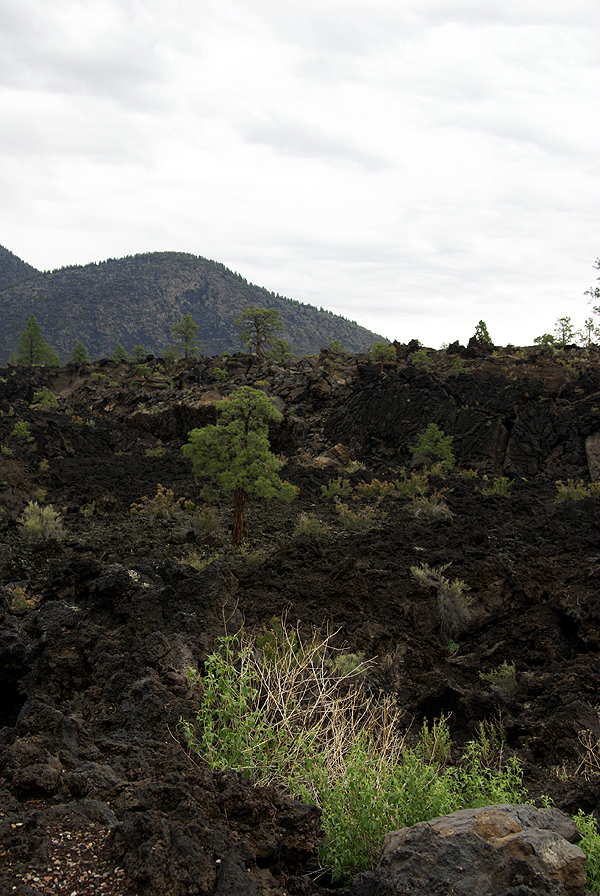 atellite signals so that the average person walking around on the planet could utilize the GPS technology was less than a year old. Caches were few and far between and there weren’t as many regulations regarding caches, probably because not everything had been thought out yet.
atellite signals so that the average person walking around on the planet could utilize the GPS technology was less than a year old. Caches were few and far between and there weren’t as many regulations regarding caches, probably because not everything had been thought out yet.
The sport is still evolving today. I remember looking at the website, even before I’d purchased my first GPS unit and marveling that there was actually a physical cache hidden in Yosemite Valley. I thought at the time, “Wow, that’s kind of cool that they would allow someone to place a cache right there near the chapel in the valley.” In actuality, they really hadn’t given permission and the cache, I believe, was removed by the National Park Service, as “abandoned property.” I know that there are a couple of physical caches still in existence in National Park areas, most notably, the one down at the bottom of Grand Canyon, but that is maintained by the Park Service. As of this writing, permission hasn’t been granted to hide any in national parks, nor probably won’t be in the foreseeable future.
And that’s not necessarily a bad thing, more likely, just the way things have worked out over the past 8 years that the sport of geocaching has been around. I think physical caches in national parks would become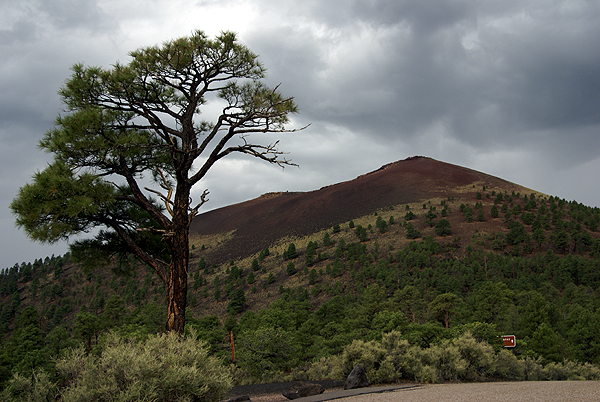 problematic no matter how well they were maintained by the owners. I found a Pop-Tart in one of my geocaches once. Imagine what would happen if an uniformed cacher placed a small granola bar in a cache that had been placed in a national park where bears frequented, or any animals for that matter. Animals would be attracted to that cache like honey to a hive. In all likelihood, the cache would probably be destroyed and if the animals became a problem, they could as well.
problematic no matter how well they were maintained by the owners. I found a Pop-Tart in one of my geocaches once. Imagine what would happen if an uniformed cacher placed a small granola bar in a cache that had been placed in a national park where bears frequented, or any animals for that matter. Animals would be attracted to that cache like honey to a hive. In all likelihood, the cache would probably be destroyed and if the animals became a problem, they could as well.
Within the past year or two, we’ve seen the development of a new kind of cache called an Earthcache. Earthcaches are places that people can visit usually to learn more about the geology of a particular area. In reality, what Earthcaches do is replace the Virtual 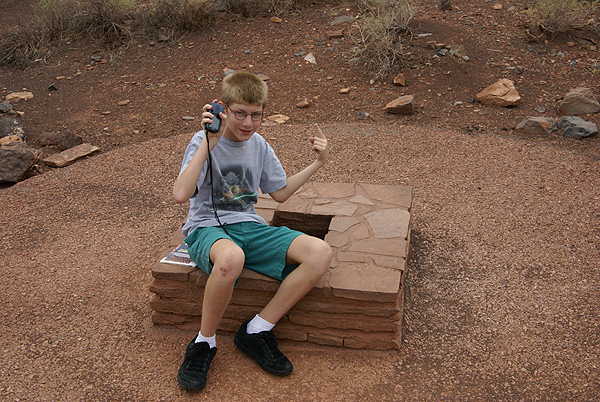 Cache (which has been eliminated by Geocaching.com) in spots where physical caches can’t be placed, like national parks. Cachers learn about the geology of an area, do something for the cache “hider” to prove that they were there, and they get credit for finding an earthcache. Similar to virtuals, usually the requirement is to answer questions about the site, or posting a picture of you and your GPSr at the site.
Cache (which has been eliminated by Geocaching.com) in spots where physical caches can’t be placed, like national parks. Cachers learn about the geology of an area, do something for the cache “hider” to prove that they were there, and they get credit for finding an earthcache. Similar to virtuals, usually the requirement is to answer questions about the site, or posting a picture of you and your GPSr at the site.
My son enjoys going out and finding earthcaches. He stated one time that he likes the educational nature of an earthcache. “You get to learn something about the earth when we visit them Dad.” Needless to say, when we went on our tour of the pueblo areas near Flagstaff, AZ and the Grand Canyon area last summer, we found several earthcaches. One was a blow hole near some pueblos in Wupatki National Monument. The underground chambers reacted to the outside change in air pressure and actually blew out or sucked in air through a small hole in the ground. We actually missed a pretty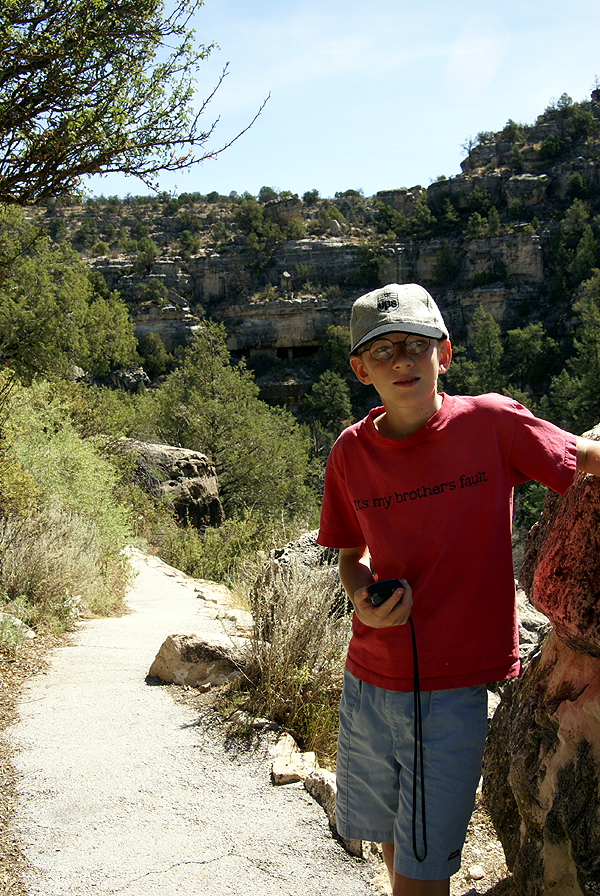 spectacular display of this blow hole by about four hours or so. We’d visited the blowhole in the morning while we toured the area. There was a gentle breeze blowing out of the blowhole when we were there. When we got back to our campsite later than evening, we learned from other campers who had been there later in the day that a girl had been floating her Crocs on the column of air that was being forced out of the blowhole. That’s pretty impressive, even if you don’t particularly like Crocs.
spectacular display of this blow hole by about four hours or so. We’d visited the blowhole in the morning while we toured the area. There was a gentle breeze blowing out of the blowhole when we were there. When we got back to our campsite later than evening, we learned from other campers who had been there later in the day that a girl had been floating her Crocs on the column of air that was being forced out of the blowhole. That’s pretty impressive, even if you don’t particularly like Crocs.
The larger national parks within the United States have several Virtual caches placed in them that have been grandfathered into the geocaching system. The smaller or lesser known parks, never made the cut probably because they weren’t really visited by cachers before GC.com placed a moratorium on Virtual caches. What has happened is Earthcaches have now filled the missing niche in some of these areas. When I first investigated the area northeast of Flagstaff as a camping spot for last summer, I looked and saw a multitude of earthcaches. I figured we’d get a couple of them and move on. I was surprised, although I shouldn’t have been, knowing my son, that we found all of them in that area once everything was said and done. He loved the concept of an earthcache and wants to find more of them in the future. 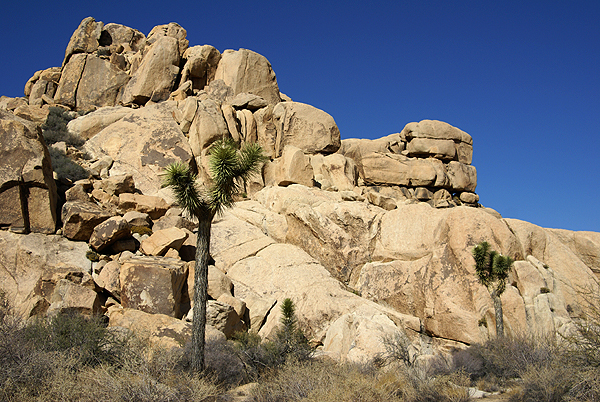 Who knows? Perhaps on our next camping trip, we’ll find a geological area and create our own earthcache.
Who knows? Perhaps on our next camping trip, we’ll find a geological area and create our own earthcache.
Pictures are from the following caches:
Bonito Lava Flow - by TerryDad2
Cinder Hills Overlook - by TerryDad2
Wupatki Pueblo Blowhole - by TerryDad2
Walnut Canyon Geologic Sampling - by TerryDad2
Joints of the Wonderland of Rocks - Joshua Tree NP - by TerryDad2

 atellite signals so that the average person walking around on the planet could utilize the GPS technology was less than a year old. Caches were few and far between and there weren’t as many regulations regarding caches, probably because not everything had been thought out yet.
atellite signals so that the average person walking around on the planet could utilize the GPS technology was less than a year old. Caches were few and far between and there weren’t as many regulations regarding caches, probably because not everything had been thought out yet.  problematic no matter how well they were maintained by the owners. I found a Pop-Tart in one of my geocaches once. Imagine what would happen if an uniformed cacher placed a small granola bar in a cache that had been placed in a national park where bears frequented, or any animals for that matter. Animals would be attracted to that cache like honey to a hive. In all likelihood, the cache would probably be destroyed and if the animals became a problem, they could as well.
problematic no matter how well they were maintained by the owners. I found a Pop-Tart in one of my geocaches once. Imagine what would happen if an uniformed cacher placed a small granola bar in a cache that had been placed in a national park where bears frequented, or any animals for that matter. Animals would be attracted to that cache like honey to a hive. In all likelihood, the cache would probably be destroyed and if the animals became a problem, they could as well.  Cache (which has been eliminated by Geocaching.com) in spots where physical caches can’t be placed, like national parks. Cachers learn about the geology of an area, do something for the cache “hider” to prove that they were there, and they get credit for finding an earthcache. Similar to virtuals, usually the requirement is to answer questions about the site, or posting a picture of you and your GPSr at the site.
Cache (which has been eliminated by Geocaching.com) in spots where physical caches can’t be placed, like national parks. Cachers learn about the geology of an area, do something for the cache “hider” to prove that they were there, and they get credit for finding an earthcache. Similar to virtuals, usually the requirement is to answer questions about the site, or posting a picture of you and your GPSr at the site.  spectacular display of this blow hole by about four hours or so. We’d visited the blowhole in the morning while we toured the area. There was a gentle breeze blowing out of the blowhole when we were there. When we got back to our campsite later than evening, we learned from other campers who had been there later in the day that a girl had been floating her Crocs on the column of air that was being forced out of the blowhole. That’s pretty impressive, even if you don’t particularly like Crocs.
spectacular display of this blow hole by about four hours or so. We’d visited the blowhole in the morning while we toured the area. There was a gentle breeze blowing out of the blowhole when we were there. When we got back to our campsite later than evening, we learned from other campers who had been there later in the day that a girl had been floating her Crocs on the column of air that was being forced out of the blowhole. That’s pretty impressive, even if you don’t particularly like Crocs. Who knows? Perhaps on our next camping trip, we’ll find a geological area and create our own earthcache.
Who knows? Perhaps on our next camping trip, we’ll find a geological area and create our own earthcache.
4 comments:
NPS recently published a policy on GPS games:
http://www.nps.gov/policy/GPSguidance.pdf
This opens the door to permitting physical caches in national parks with approval of the park's superintendent.
However, i don't think any have been done yet.
I agree virtual caches seem more appropriate for national parks.
yeah, a rusty altoids tin stuffed under the lamp skirt in the parking lot of mount rushmore just doesn't seem right somehow.. :P
It is too bad that the main argument against geocaching in that document is spelled out below.
"The notion of a “treasure hunt” immediately sets off an
alarm for NPS managers because it implies that the “hunters” will be placing caches in
unapproved areas, digging up park resources and damaging the park environment. Obviously,
much as we want park visitors to enjoy their experience, we cannot allow a GPS activity if it
would lead to destructive behavior. Burying caches would generally violate 36 CFR 2.1(a), and
could violate other regulations, as well."
Either the NPS hasn't worked well with GC.com, or they haven't read the guidelines at GC.com or a combination of both, since if that had happened, they'd know that buried geocaches aren't allowed at GC.com.
Post a Comment